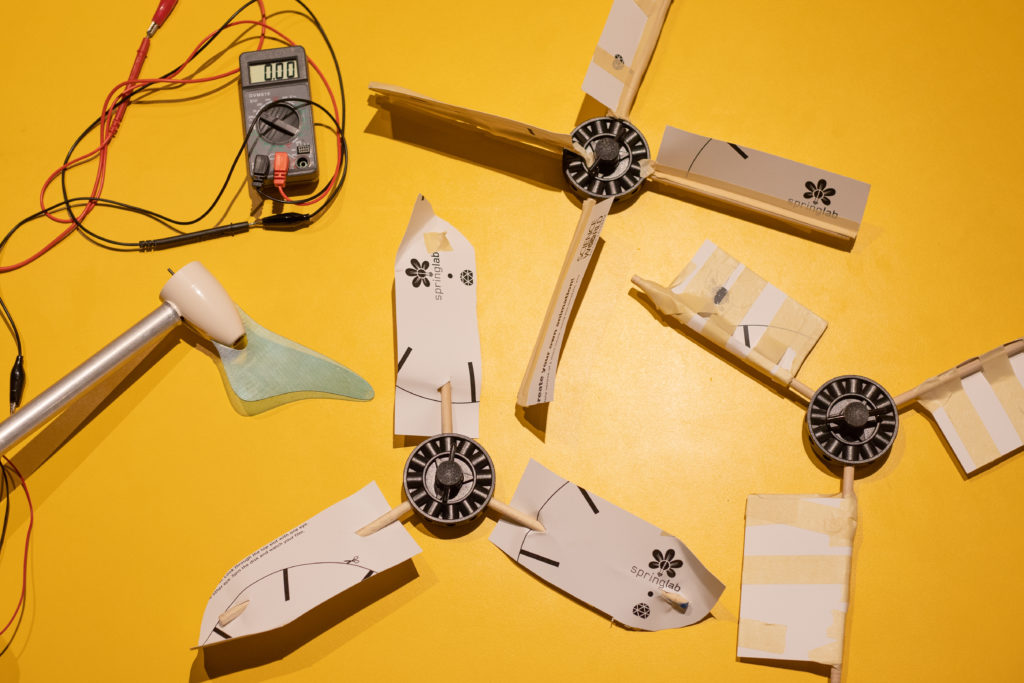As an airplane moves through the air, the air resists the motion of the aircraft, this resistant force is called drag. The force of drag always works in the opposite direction of motion (opposite to the thrust force).
There are many factors that affect the size of the drag force, including the shape of the aircraft, the "stickiness" of the air, and the speed of the aircraft.
In this activity, students compare the flight of a flat sheet of paper to that of a paper airplane.
The streamlined paper airplane slips smoothly through the air since its shape produces little drag. A flat piece of paper has more surface area opposing thrust, which produces more drag and slows it down.
Planes are designed to be aerodynamic i.e. to have as little drag as possible.


